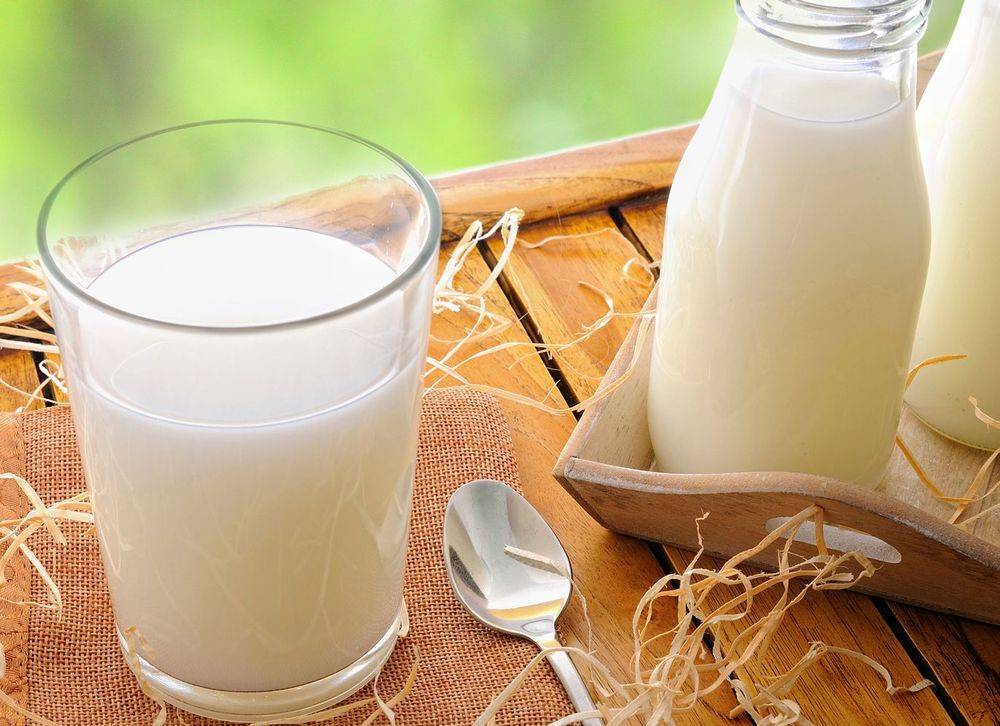
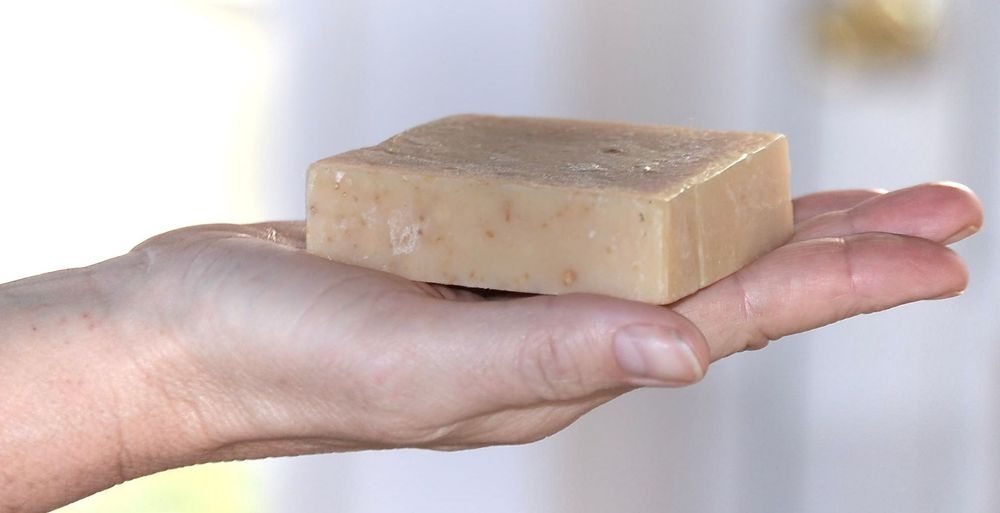
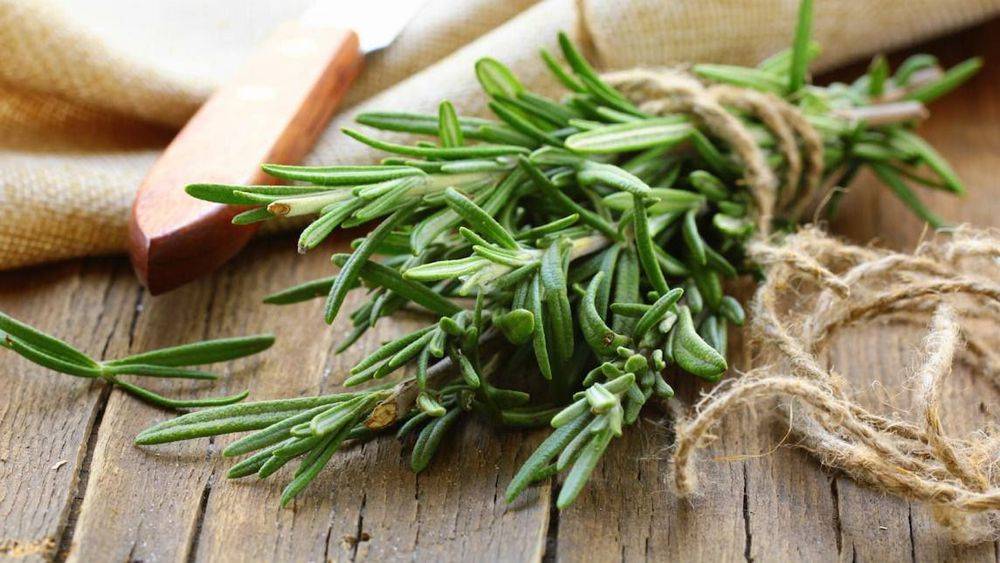
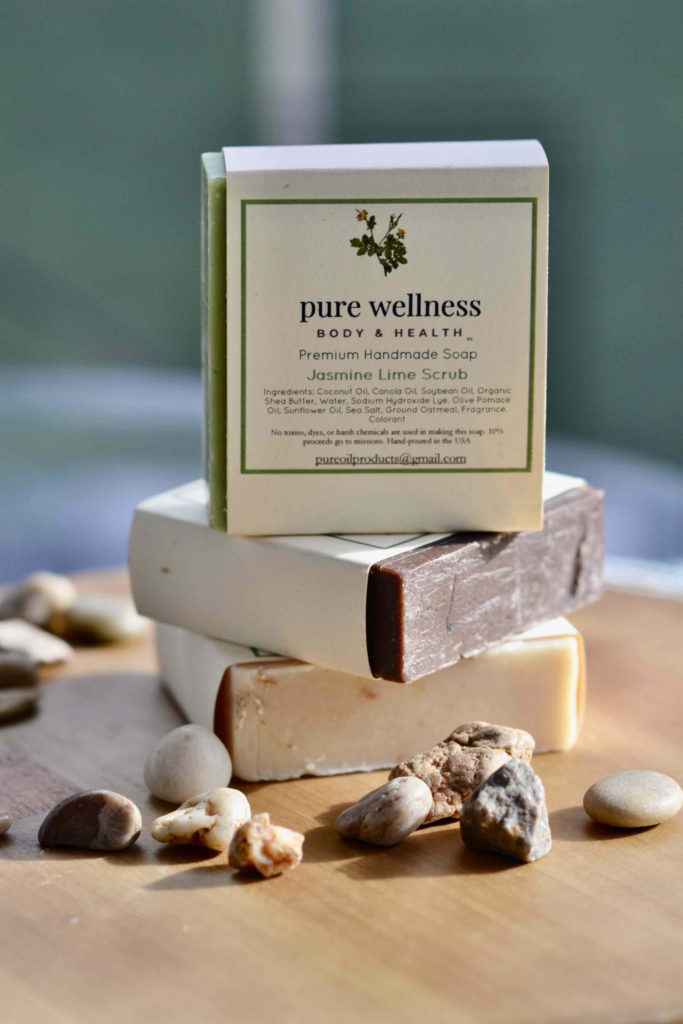
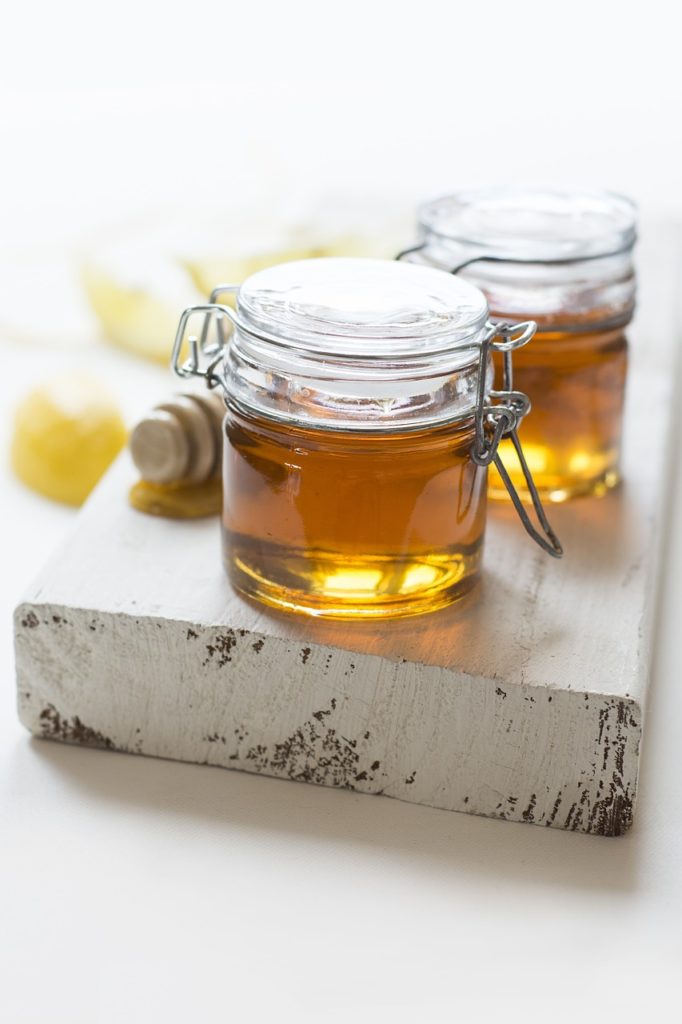
What's in Your Soap?
I love a beautiful smelling soap. However, I have noticed over the years that the smell of mass-produced store soaps collectively started giving off a more acrid smell, kind of like a fake imitation of what it was supposed to smell like. Rose began to smell like a cheap watered-down musk while lilac and honeysuckle smelled like a putrid perfume.
I did some investigating and found most of our soaps were either made in other parts of the world or the fragrance they added to the soaps was made in other places. (ie: factories in China)
It’s not just the fault of the manufacturers. Their goal is to capture as much profit as possible and we know the real essential oils and herbs are too pricey for mass production. I think it’s been my exposure to natural products that changed my thinking and my olfactory.
If you are just starting out learning about quality soaps, I have a list of items you want to avoid with your soaps. Most people shop for soaps based on their aroma. Of course, we want a beautiful smelling soap, but let me challenge you to alter your soap buying, not based on aromas, but on what’s not in your soap. When you begin to use natural soaps your olfactory will also change. You will begin to appreciate the real authentic aroma of rosemary or lime, spearmint, or lavender. Manufacturers have tried to condition us and train us to like a subpar aroma because it benefits their bottom line to do so, but once you begin to use natural soaps, you will most likely never buy a mass-produced, store-bought soap again and you will enjoy and appreciate the authentic aromas.
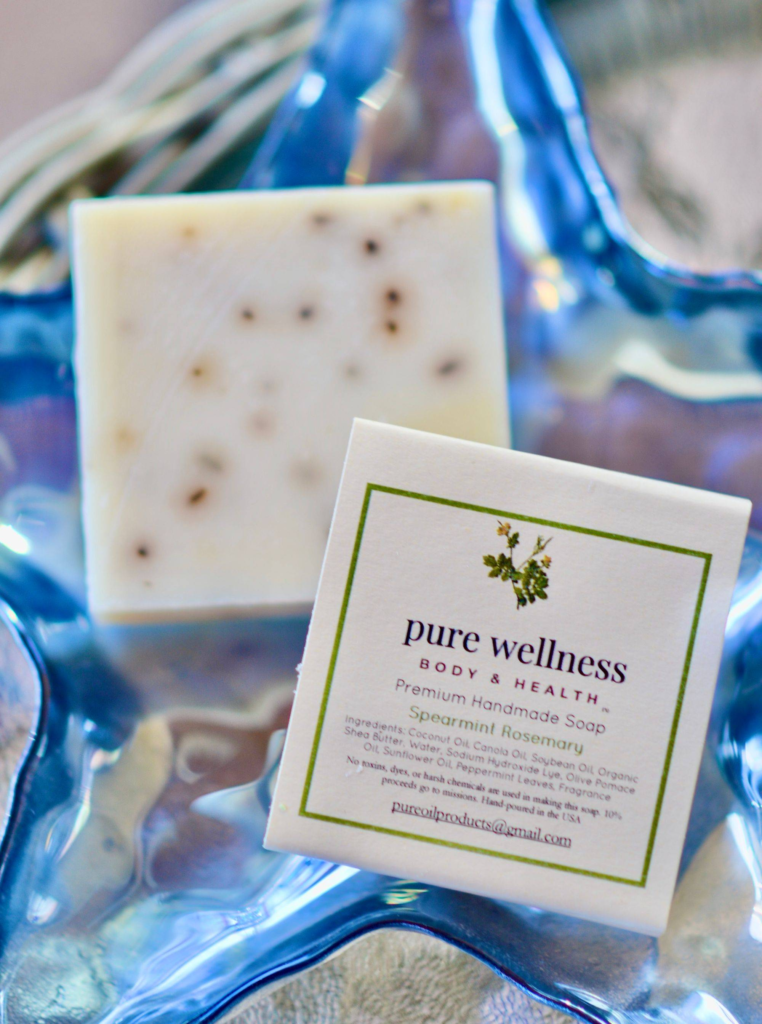
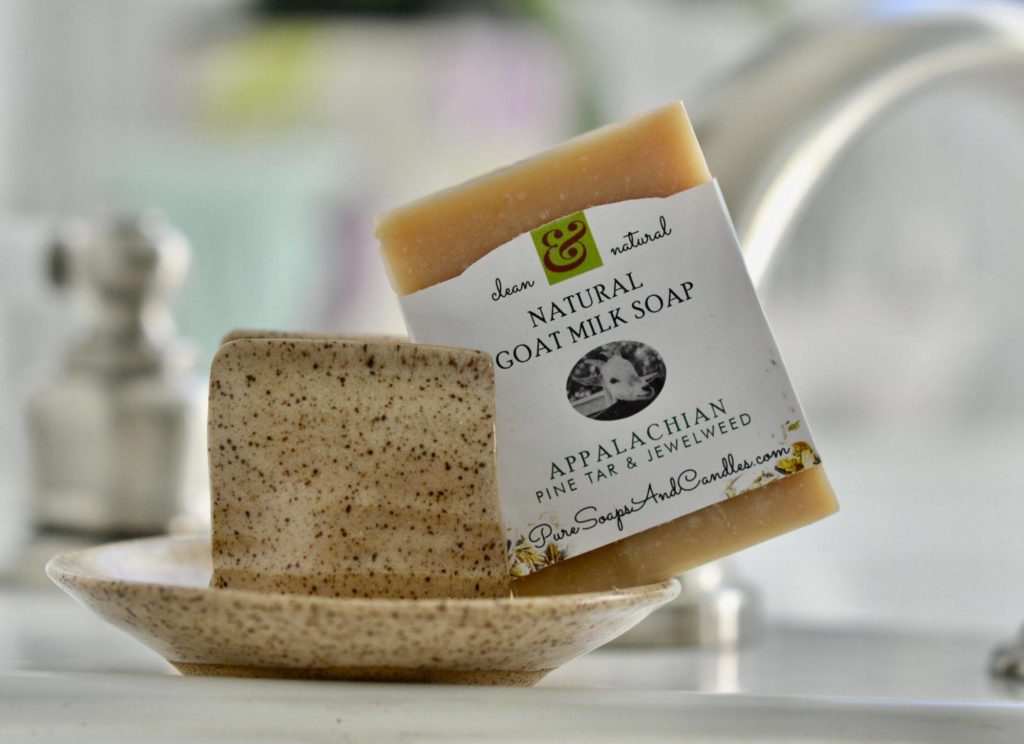
Here’s what’s NOT in our natural soaps and they shouldn’t be in the soaps you put on your skin:
1,4 Dioxane- 1,4 Dioxane is a contaminant found in most cosmetics and products meant for personal care. It has a high hazard rating of 8 in EWG’s Skin Deep Cosmetics Database. Not only that, but it’s one of the chemicals featured in California’s Proposition 65 List of Carcinogens.
Sodium Lauryl Sulfate (SLS) is Also known as Sodium Laureth Sulfate, but not to be confused with the gentle Sodium Lauryl Sulfoacetate. According to Natural Essentials, SLS bonds with other common soap ingredients, resulting in a carcinogenic nitrosamine, one of the chemicals also featured in California’s Proposition 65 List of Carcinogens.
Triclosan- Triclosan is a pesticide with antibacterial and antifungal properties, containing a high hazard rating of 7 in EWG’s Skin Deep Cosmetics Database. Studies show that Triclosan in low doses can impact thyroid hormone concentrations, disrupting the endocrine system.
Parabens -Parabens are preservatives commonly used in bars of soap. According to the FDA, “the most common parabens used in cosmetic products are methylparaben, propylparaben, and butylparaben.” Parabens have a tendency to mimic hormones, which can be found to disrupt the function of hormones naturally found in your body
Ureas – Ureas like Diazolidinyl Urea is known to release the chemical formaldehyde. Formaldehyde, with a high hazard rating of 10, is a known human carcinogen, human respiratory toxicant, skin irritant, and environmental toxin. With chemicals as toxic as these, please carefully review the soap labels.
Even Dove has questionable synthetics including,
Sodium Lauroyl Isethionate; a detergent, wetting agent, and emulsifier which drys the skin and can cause irritation
Sodium Tallowate; comes from the fatty deposits of animals (sorry vegans)
Cocamidopropyl Betaine; is one of the “gentler” synthetics but may cause allergic reactions
